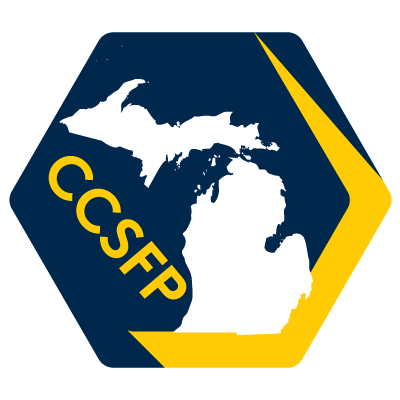Charles Guccione

Pronouns: He/Him/His
UROP Fellowship: CCSFP, Macomb Community College
Research Mentor(s): Alicia Carmichael, MS
Research Mentor Institution/Department: Institute for Social Research, Research Center for Group Dynamics
Presentation Date: Wednesday, August 4th
Session: Session 1 (3pm-3:50pm EDT)
Breakout Room: Room 3
Presenter: 5
Abstract
The framing of mathematically equal outcomes as either a Gain or a Loss shifts decision-making in predictable ways. Prior research has focused on Gain versus Loss frameworks in the context of serious, societal-level decisions impacting whole communities. For example, in a study by Tversky and Kahneman (1981), participants were asked to choose between two social programs to address the outbreak of a serious disease. Program A presented a guaranteed outcome in terms of number of lives saved or lost, whereas Program B could only provide probability information and was thus “riskier.” When both programs were framed in terms of the number of lives saved (Gain condition), participants were significantly more likely to choose the guaranteed outcome. However, when both programs were framed in terms of number of lives lost (Loss condition), decision-making preference shifted toward the riskier program. This study’s objective was to determine if these findings extend to decision-making in situations that are (a) at the individual-level and/or (b) low-stakes. A web-based survey was distributed via Amazon Mechanical Turk (MTurk). Participants (N = 200) were randomly assigned to either a Gain or Loss framework and asked to read three decision-making vignettes. In the Society-Level, High-Stakes (SH) vignette, participants were asked to choose between two treatment plans that would result in who would die/survive from the tumor. In the Society-Level, Low-Stakes (SL) vignette, participants were asked to choose between two public policy programs that determined how many people would have access to electricity. In the Individual-Level, Low-Stakes (IL) vignette, participants were asked to choose between two facial creams that would result in different levels of facial clarity. In each vignette, one option provided certainty about the outcome while the other provided only probability information. In terms of the society-level vignettes (both SH and SL), the results showed that most participants chose the certain option over the riskier option under both the Gain and Loss conditions. As predicted, a greater number of participants chose the riskier option under the Loss condition than under the Gain condition. In contrast, in the individual-level vignette (IL), most participants chose the riskier option over the certain option under both the Gain and Loss conditions. Again, as predicted, a greater number of participants chose the riskier option under the Loss condition than under the Gain condition. We expected that the majority of participants would choose the riskier option in the Loss condition under all vignettes. While decision-making shifted in the predicted direction under a Loss framework across all vignettes, the effect size was not as large as in Tversky and Kahneman’s original work. Preliminary results thus suggest that Tversky and Kahneman’s original work may be extended to individual-level or low-stakes problems. However, additional data collection is necessary to refine vignettes and test in a larger sample.
Authors: Charles Guccione, Grace Oxford, BS, Natalie Leonard, MS, Alicia Carmichael, MS, Yuyan Han, BS, Richard Gonzalez, PhD
Research Method: Survey Research







